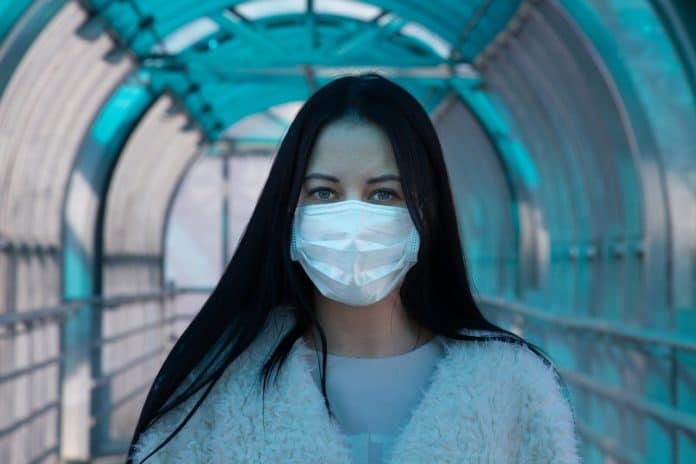NEW DELHI: Amid recent acknowledgement from the World Health Organisation (WHO) over emerging evidence of airborne spread of the novel coronavirus, the head of India’s premier R&D body has said that airborne transmission of SARS-CoV-2 is indeed a “distinct possibility” and suggested wearing masks even in “enclosed” spaces.
Council of Scientific & Industrial Research (CSIR) chief Shekhar C Mande sought to bring clarity on the issue in his blog post referring to findings of various studies and said, “All these emerging evidences and arguments suggest that indeed airborne transmission of SARS-CoV-2 is a distinct possibility.”
Elaborating on how one can keep oneself safe in such a scenario, Mande wrote: “The answers are intuitively very straightforward – avoid large crowded gatherings, keep enclosed places like workplaces well ventilated, and most importantly, continue wearing masks even in enclosed spaces.”
Also read: Antibodies may drop, but immunity remains in survivors: Covid-19
Indication from the WHO had come after 239 scientists from 32 countries through an open letter urged the global health body and other scientific organisations early this month to look at the issue. He said wearing masks appears to be the most effective strategy, and possibly mandatory for all to follow.
Attempting to respond to the debate whether the transmission is airborne or not, Mande said even while the debate on whether infected surfaces are a source of infection rages on, the primary route of infection can be understood to be through inhalation.
“It is well known that when people sneeze or cough, they release droplets in the air… The larger droplets readily settle on surfaces, whereas smaller droplets or the droplet nuclei remain suspended in atmosphere for a longer duration. The larger droplets formed by an infected individual during coughing, sneezing, talking or singing therefore do not travel far. They settle down quickly. However, the smaller droplets can remain suspended in air for a considerable duration,” said Mande
The earlier social distancing measures and other precautions suggested by WHO and others are based on the understanding that the SARS-CoV-2 transmission is mainly through larger droplets, which settle on surfaces.
Appealing to medical community to recognize the potential of airborne spread of COVID-19, the 239 scientists in their open letter wrote: “There is significant potential for inhalation exposure to viruses in microscopic respiratory droplets (microdroplets) at short to medium distances (up to several meters, or room scale), and we are advocating for the use of preventive measures to mitigate this route of airborne transmission.”
The Health Master is now on Telegram. For latest update on health and Pharmaceuticals, subscribe to The Health Master on Telegram.


